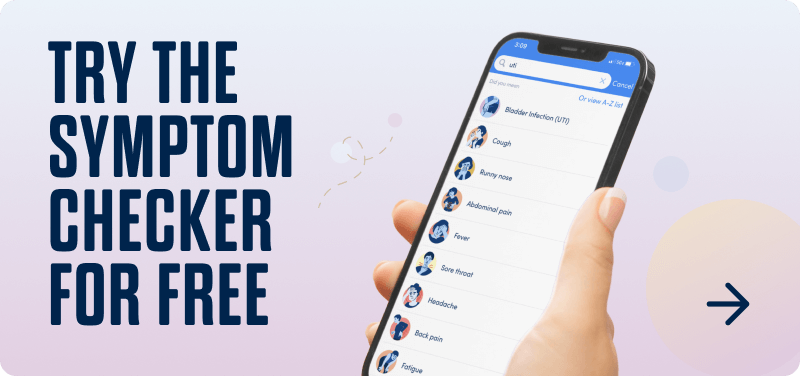AMLODIPINE; VALSARTAN (am LOE di peen; val SAR tan) treats high blood pressure. It works by relaxing blood vessels, which decreases the amount of work the heart has to do. It is a combination of a calcium channel blocker and an ARB.
What should I tell my care team before I take this medication?
They need to know if you have any of these conditions:
Heart failure, recent heart attack, or other heart problems
Kidney disease
Liver disease
An unusual or allergic reaction to amlodipine, valsartan, other medications, foods, dyes, or preservatives
Pregnant or trying to get pregnant
Breast-feeding
How should I use this medication?
Take this medication by mouth. Take it as directed on the prescription label at the same time every day. You can take it with or without food. If it upsets your stomach, take it with food. Keep taking it unless your care team tells you to stop.
Talk to your care team about the use of this medication in children. Special care may be needed.
What if I miss a dose?
If you miss a dose, take it as soon as you can. If it is almost time for your next dose, take only that dose. Do not take double or extra doses.
Need a prescription? Chat with one of our doctors, 24/7
CHAT NOWWhat may interact with this medication?
Do not take this medication with the following:
ACE inhibitors like captopril, enalapril, or lisinopril
Aliskiren
Angiotensin II blockers (ARBs) like candesartan, losartan, or telmisartan
Cyclosporine
Heparin
Lithium
NSAIDS, medications for pain and inflammation, like ibuprofen or naproxen
This medication may also interact with the following:
Potassium supplements
Rifampin
Ritonavir
Salt substitutes
Sildenafil
Simvastatin
Some diuretics like amiloride, spironolactone, triamterene
Tacrolimus
What side effects may I notice from receiving this medication?
Side effects that you should report to your care team as soon as possible:
Allergic reactions—skin rash, itching, hives, swelling of the face, lips, tongue, or throat
Heart attack—pain or tightness in the chest, shoulders, arms, or jaw, nausea, shortness of breath, cold or clammy skin, feeling faint or lightheaded
High potassium level—muscle weakness, fast or irregular heartbeat
Kidney injury—decrease in the amount of urine, swelling of the ankles, hands, or feet
Low blood pressure—dizziness, feeling faint or lightheaded, blurry vision
Worsening chest pain (angina)—pain, pressure, or tightness in the chest, neck, back, or arms
Side effects that usually do not require medical attention (report to your care team if they continue or are bothersome):
Constipation
Facial flushing, redness
Fatigue
Headache
Nausea
Stomach pain
Swelling of the ankles, hands, or feet
What should I watch for while using this medication?
Visit your care team for regular checks on your progress. Check your blood pressure as directed. Ask your care team what your blood pressure should be and when you should contact them.
Women should inform their care team if they wish to become pregnant or think they might be pregnant. There is a potential for serious side effects to an unborn child. Talk to your care team or pharmacist for more information.
You may get drowsy or dizzy. Do not drive, use machinery, or do anything that needs mental alertness until you know how this medication affects you. Do not stand or sit up quickly, especially if you are an older patient. This reduces the risk of dizzy or fainting spells. Alcohol may interfere with the effect of this medication. Avoid alcoholic drinks.
If you are going to have surgery, tell your care team that you are taking this medication.
Where should I keep my medication?
Keep out of the reach of children and pets.
Store at room temperature between 15 and 30 degrees C (59 and 86 degrees F). Protect from moisture. Keep the container tightly closed. Throw away any unused medication after the expiration date.
K Health articles are all written and reviewed by MDs, PhDs, NPs, or PharmDs and are for informational purposes only. This information does not constitute and should not be relied on for professional medical advice. Always talk to your doctor about the risks and benefits of any treatment.
This information is educational only and should not be construed as specific instructions for individual patients nor as a substitute for medical advice, diagnosis or treatment. Talk to your health care provider or pharmacist about the information and instructions. K Health assumes no liability for any use or reliance on this information.
